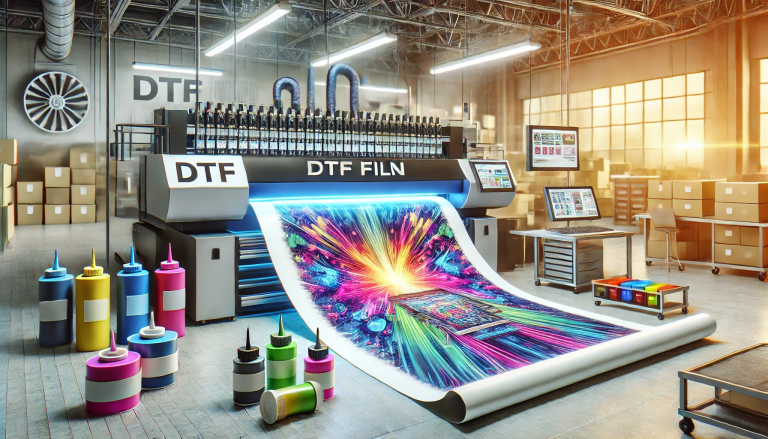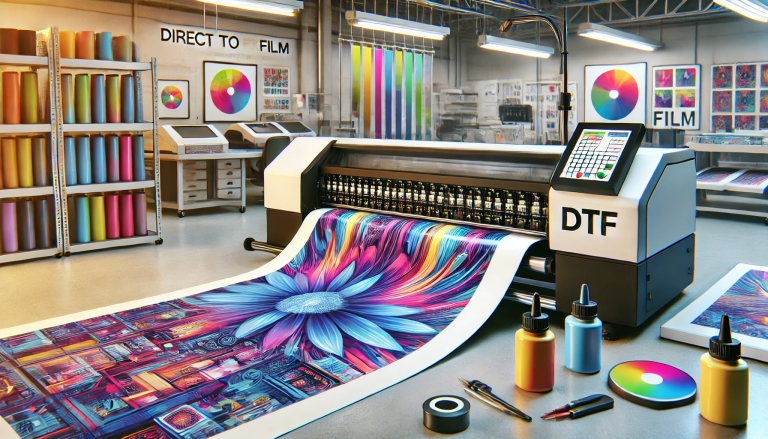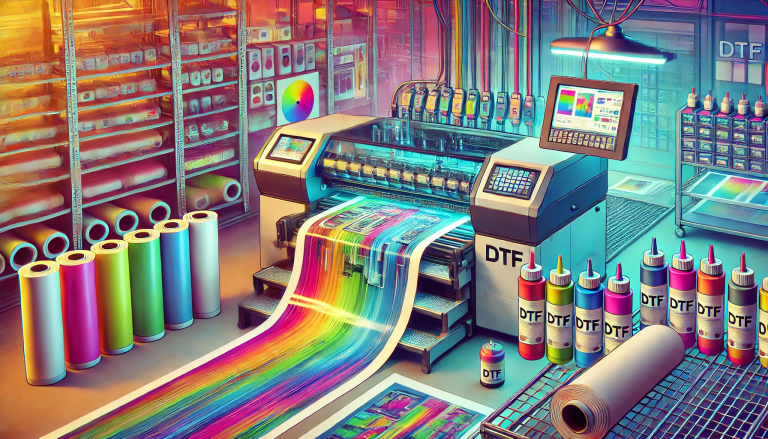“Mastering the Art of UV Direct-to-Film Transfers: A Comprehensive Guide” -MAXDTF- DTF UV Paper Supplier, UV DTF AB Paper Manufacturer, Made in China
Introduction
In the world of screen printing and graphic design, UV direct-to-film transfers have emerged as a game-changing technique. This innovative process allows designers to create high-resolution, intricate designs directly onto a film, which is then used to expose screens for screen printing. By bypassing the traditional step of producing physical positives or negatives, UV direct-to-film transfers save time, resources, and can lead to more accurate prints. In this guide, we’ll delve into the step-by-step process of mastering UV direct-to-film transfers.
Understanding Direct UV Transfers to Film
UV direct-to-film transfers involve using specialized UV printers to directly print a design onto a transparent film using UV-curable inks. These inks are exposed to UV light during printing, resulting in rapid curing and creating a durable image on the film. This film is then used in the screen exposure process, where the design is transferred to the emulsion-coated screen, allowing for accurate and intricate screen printing.
Materials needed
UV Printer: Invest in a high-quality UV printer capable of producing high-resolution prints with UV-curable inks. Ensure that the printer is compatible with the film material you plan to use.
Transparent Films: Choose high-quality transparent films specifically designed for UV direct-to-film transfers. These films should offer excellent ink adhesion and transparency.
UV-Curable Inks: Opt for UV inks that are formulated for direct-to-film transfers. These inks should provide sharp details and quick curing times under UV light.
Computer and Design Software: Prepare your designs using graphic design software such as Adobe Illustrator or CorelDRAW. Ensure that your designs are properly sized and optimized for printing.
Exposure Unit: You’ll need an exposure unit to transfer the design from the film to the screen. Make sure the unit provides even and consistent exposure across the entire screen.
Screens: Prepare screens coated with photosensitive emulsion. The screen mesh count should be chosen based on the level of detail in your design.
Emulsion Remover and Cleaner: These will be necessary for coating and cleaning screens after exposure.
UV Light Source: An effective UV light source is essential for curing the exposed emulsion on the screens.
Step by step process
Design Preparation:
Create or import your design into the chosen graphic design software.
Ensure the design is correctly sized and oriented for the intended print area.
Printing onto Film:
Load the UV printer with the transparent film.
Set the printer settings to match the film specifications.
Print the design onto the film using UV-curable inks.
Allow the ink to cure instantly under UV light.
Screen Coating:
Coat the screens with photosensitive emulsion according to the manufacturer’s instructions.
Let the emulsion dry in a light-safe environment.
Film-to-Screen Exposure:
Place the printed film onto the coated screen, ensuring proper alignment.
Place the screen-film assembly into the exposure unit.
Expose the screen to UV light for the recommended duration, which depends on the emulsion type and screen mesh.
Emulsion Development:
Remove the film from the exposed screen.
Wash the screen using a gentle spray of water. The areas covered by the printed design will remain unexposed, while the rest of the emulsion will wash away, creating the stencil.
Screen Preparation:
Allow the screen to dry in a clean, dust-free area.
Check for any imperfections or areas where emulsion did not wash out properly, and touch up if necessary.
Screen Printing:
Mount the prepared screen onto the screen printing press.
Load ink onto the screen and print your design onto the desired substrate.
Conclusion
UV direct-to-film transfers have revolutionized the screen printing industry by streamlining the design-to-screen process. By following the steps outlined in this guide and practicing with various materials and settings, you can master the art of UV direct-to-film transfers. This technique opens the door to producing intricate, high-quality prints with greater efficiency, allowing you to bring your creative visions to life in a new and exciting way.





